
Keeponstalin
Israel is an extension of US foreign policy, it's much more than being sponsored by the US like Al Qaeda. Israel also does work with and sponsor the likes of ISIS and Al Qaeda. They are committing war crimes and terrorism, just as a state actor instead of a non-state actor
It doesn't seem like we're in any real disagreement here so it's all good, Free Palestine
Israel does an incredible amount of terrorism at the behest of the US
The US and Israel already has nukes, they don't need to get them
This meme is fantastic 10/10
They should stop their performative bullshit, they can either support ICE or support the community
Despite 'defunding' claims, police funding has increased in many US cities - Oct '22
Of the 109 budgets analyzed, only eight agencies cut police funds by more than 2%, while 91 agencies increased law enforcement funding by at least 2%.
In 49 cities or counties, police funding has increased by more than 10%.
"Overwhelmingly, cities, counties, police departments across the country are not being defunded in any way," Ray said. "In fact, many of them have increased their budgets. Part of the reason why the 'defund the police' narrative has stayed around is because police officers say it and elected officials say it."
The bill failed with 85 votes against and 71 in favour, upholding the government’s position
Those 85 should be ashamed, and voted out
Unfortunately I don't see any comment or post replies whatsoever under Notifications, it's basically a duplicate of the Messages tab from what I see except expanded to include the text at a glance
Actually, scrolling down a bit I do see some actual replies, but they are a mixed bag or super old replies, some new ones, mentions, and DMs. I can't even begin to guess how it's sorted from the look of it. ~~It's also strange since nearly all of those should be marked as read but it doesn't look like they are on interstellar~~ no wait it looks like I'd expect when I switch to the New filter
Would a more expansive filter / sort option be possible? That may fix this from what I see. Being able to sort by type of reply, by date, ect
It looks like the All filter shows everything chaotically, is there a way to set it so it goes to New by default?
On Thunder the 'My Account' tab makes it easy to see my previous comments and posts and the 'Inbox' tab shows me all my replies
On interstellar the profile tab shows me Notifications and Messages, which are not useful to me except for the rare instance of a DM or mod action. I have no clue where to even find replies to my post/comments on interstellar, which I find much more useful and why I've stuck to Thunder (in addition to all the customization options)
Also an easy way to search thru my own comments/posts by text would be great too. In Thunder I can search filter by user which makes it easy
I've also only tried the app with the lw account, so no clue if that limits the capabilities compared to a piefed account
We get it you're a Zionist, which is a fascist supremacists ideology built on ethnic cleansing.
Ethnic Cleansing is fundamental to Zionism
Zionism’s aims in Palestine, its deeply-held conviction that the Land of Israel belonged exclusively to the Jewish people as a whole, and the idea of Palestine’s “civilizational barrenness" or “emptiness” against the background of European imperialist ideologies all converged in the logical conclusion that the native population should make way for thenewcomers.
The idea that the Palestinian Arabs must find a place for themselves elsewhere was articulated early on. Indeed, the founder of the movement, Theodor Herzl, provided an early reference to transfer even before he formally outlined his theory of Zionist rebirth in his Judenstat.
An 1895 entry in his diary provides in embryonic form many of the elements that were to be demonstrated repeatedly in the Zionist quest for solutions to the “Arab problem ”-the idea of dealing with state governments over the heads of the indigenous population, Jewish acquisition of property that would be inalienable, “Hebrew Land" and “Hebrew Labor,” and the removal of the native population.
Settlements and Occupation
Israel justifies the settlements and military bases in the West Bank in the name of Security. However, the reality of the settlements on-the-ground has been the cause of violent resistance and a significant obstacle to peace, as it has been for decades.
This type of settlement, where the native population gets 'Transferred' to make room for the settlers, is a long standing practice.
- The Transfer Committee, and the JNF Ethnic Cleansing, which led to Forced Displacement of 100,000 Palestinians throughout the mandate before the Nakba
The mass ethnic cleansing campaign of 1948:
Further, declassified Israeli documents show that the Occupation of the West Bank and Gaza Strip were deliberately planned before being executed in 1967:
While the peace process was exploited to continue de-facto annexation of the West Bank via Settlements
The settlements are maintained through a violent apartheid that routinely employs violence towards Palestinians and denies human rights like water access, civil rights, etc. This kind of control gives rise to violent resistance to the Apartheid occupation, jeopardizing the safety of Israeli civilians.
The apartheid regime is based on organized, systemic violence against Palestinians, which is carried out by numerous agents: the government, the military, the Civil Administration, the Supreme Court, the Israel Police, the Israel Security Agency, the Israel Prison Service, the Israel Nature and Parks Authority, and others. Settlers are another item on this list, and the state incorporates their violence into its own official acts of violence. Settler violence sometimes precedes instances of official violence by Israeli authorities, and at other times is incorporated into them. Like state violence, settler violence is organized, institutionalized, well-equipped and implemented in order to achieve a defined strategic goal.
Apartheid Evidence
B'TSelem Report with quick Explainer
Visualizing the Ethnic Cleansing


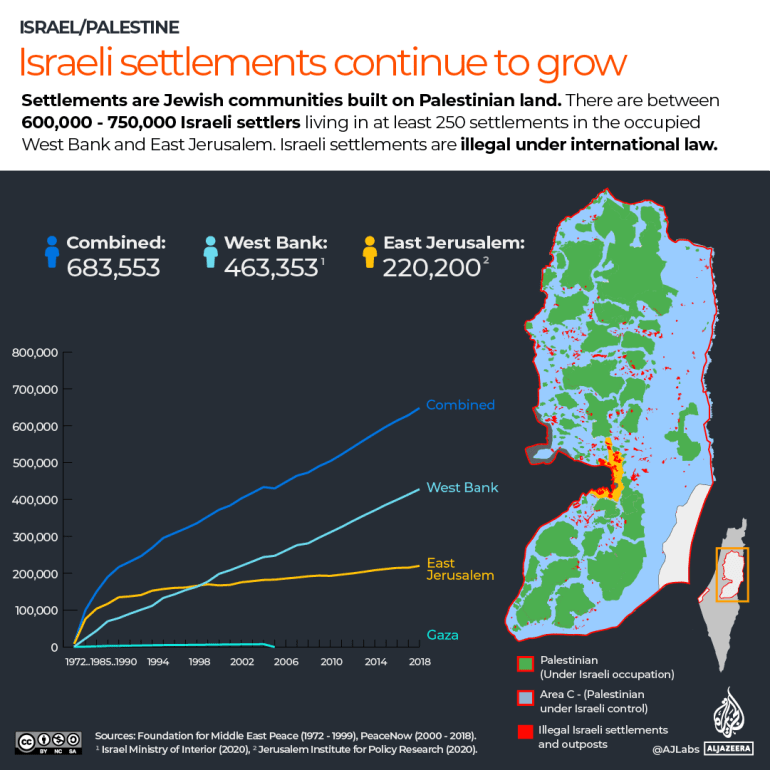
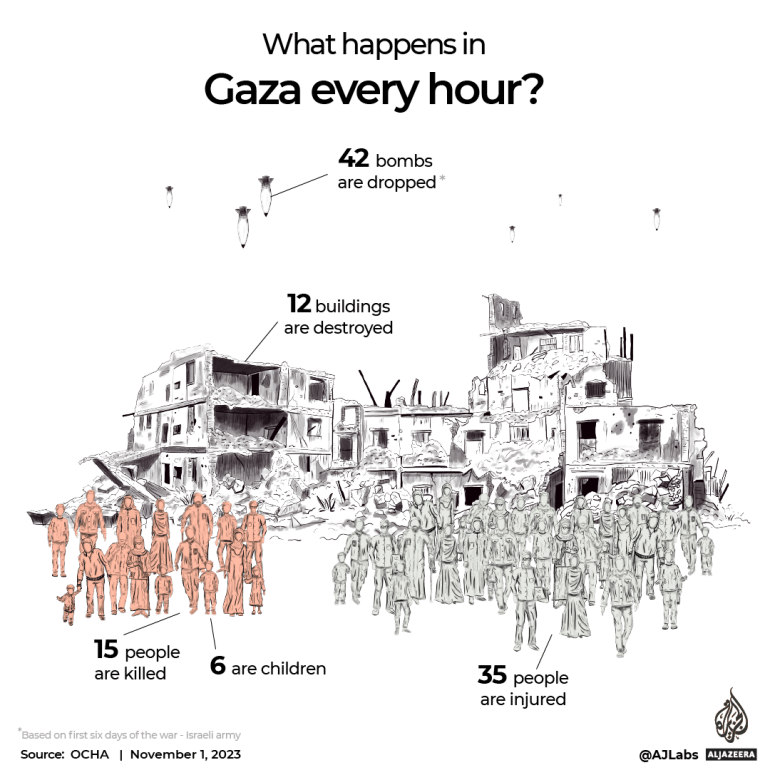
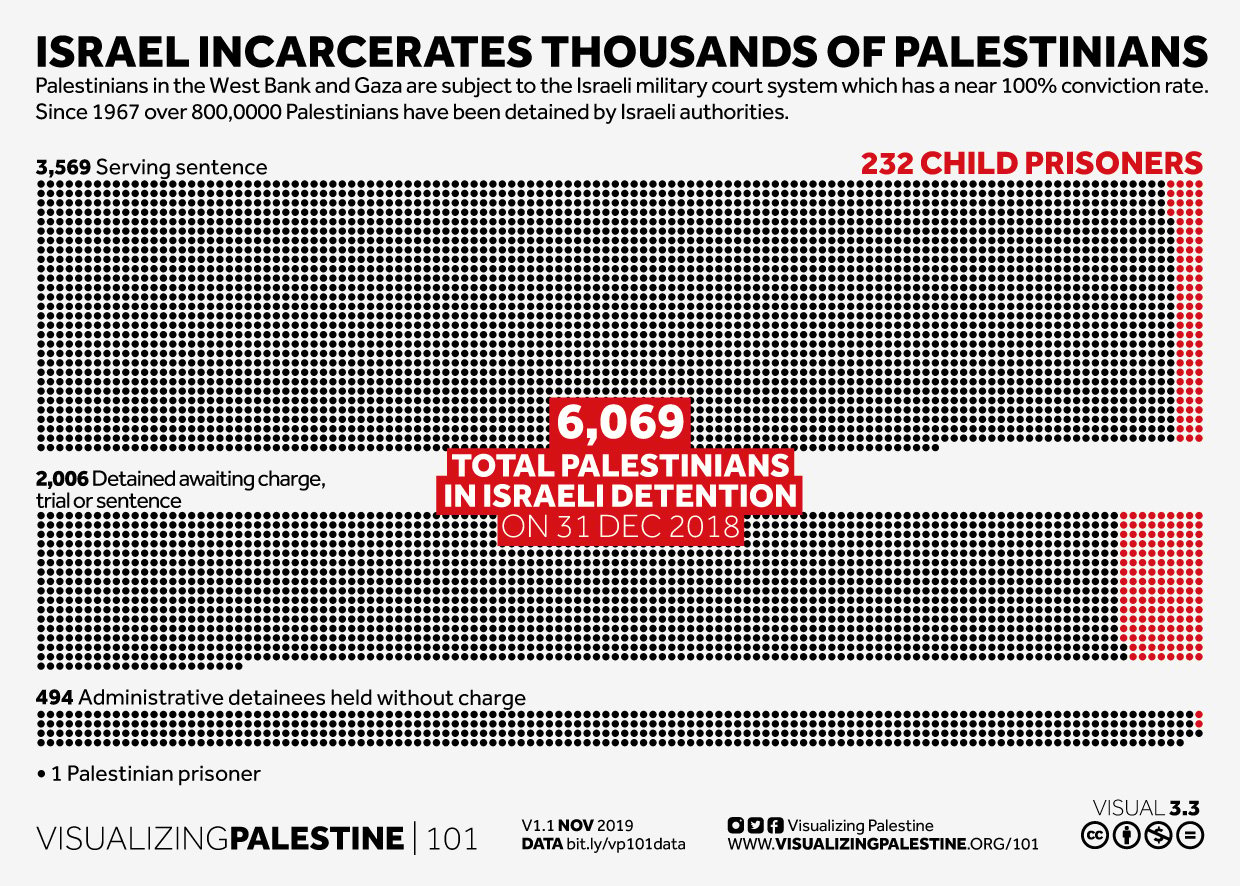
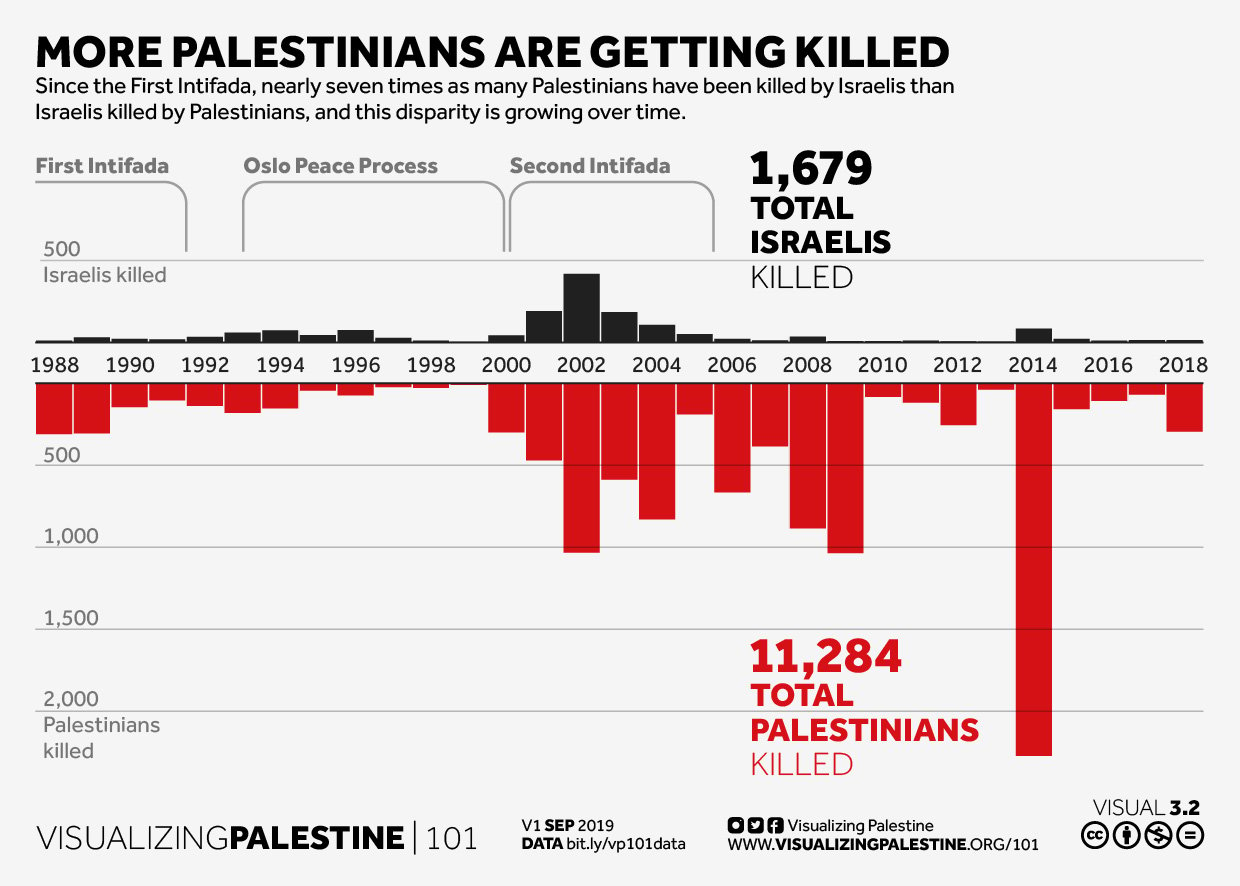
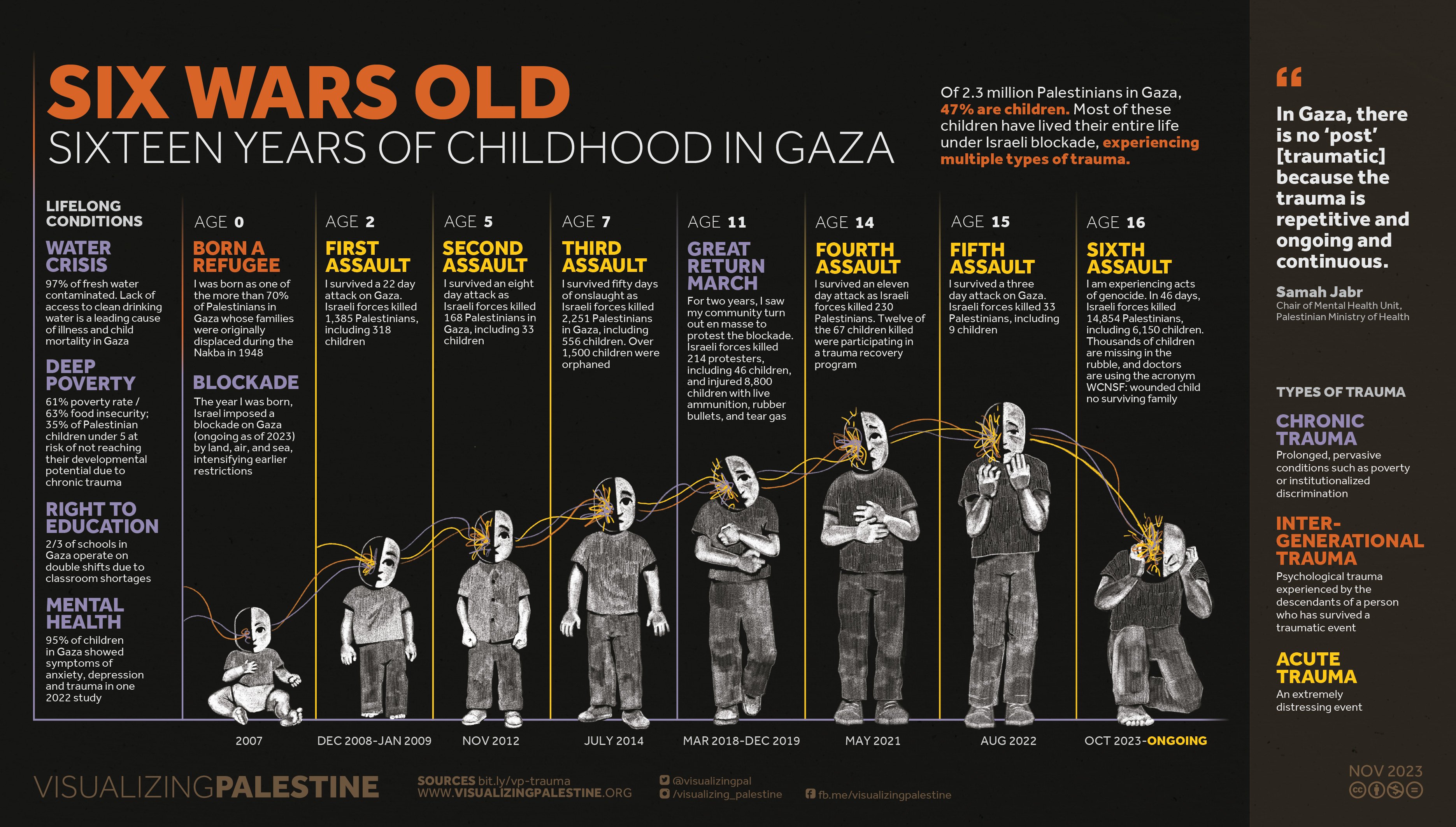
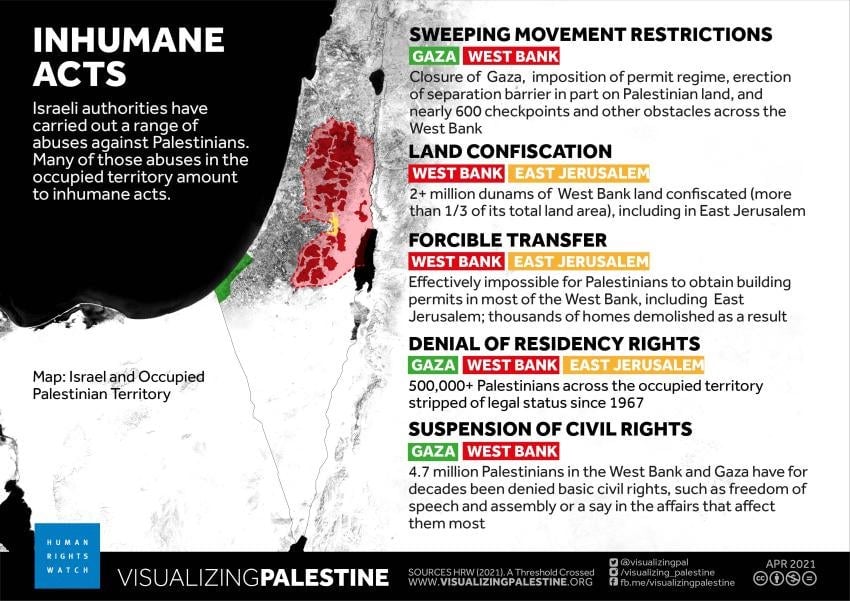
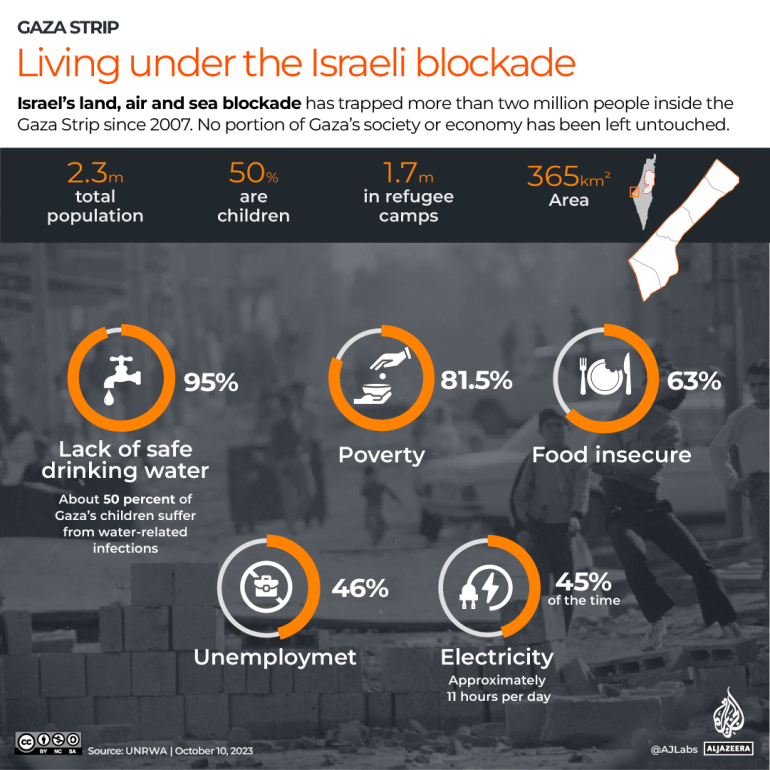
Peace Process and Solution
Both Hamas and Fatah have agreed to a Two-State solution based on the 1967 borders for decades. Oslo and Camp David were used by Israel to continue settlements in the West Bank and maintain an Apartheid, while preventing any actual Two-State solution
How Avi Shlaim moved from two-state solution to one-state solution
‘One state is a game changer’: A conversation with Ilan Pappe
One State Solution, Foreign Affairs
Hamas proposed a full prisoner swap as early as Oct 8th, and agreed to the US proposed UN Permanent Ceasefire Resolution. Additionally, Hamas has already agreed to no longer govern the Gaza Strip, as long as Palestinians receive liberation and a unified government can take place.
Historian Works on the History
-
Palestine: A Four Thousand Year History - Nur Masalha
-
The Concept of Transfer 1882-1948 - Nur Masalha
-
A History of Modern Palestine - Ilan Pappe
-
The Hundred Years' War on Palestine - Rashid Khalidi
-
The Ethnic Cleansing of Palestine - Ilan Pappe
-
The 1967 Arab-Israeli War: Origins and Consequences - Avi Shlaim
-
The Biggest Prison on Earth: A History of the Occupied Territories - Ilan Pappe
-
The Gaza Strip: The Political Economy of De-development - Sara Roy
-
10 Myths About Israel - Ilan Pappe (summery)

